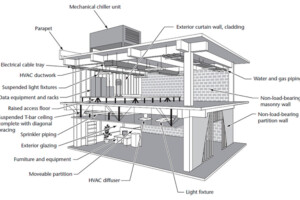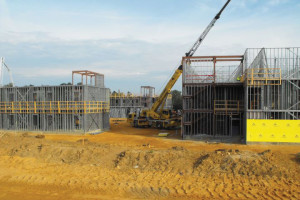It is impossible to predict precisely the damage a building will experience in a future earthquake, because each earthquake is unique, and building simulations only model approximate responses to shaking. Losses due to earthquakes are even more unpredictable because they depend on the post-eartahquake actions of individual owners, insurers, design professionals, building officials, and contractors. Nevertheless, property investors need to understand the risk associated with property investments. Seismic risk assessment reports have become standard practice in financial due diligence.
…Review Category : Structural Quality
Bridge construction differs greatly from other horizontal and vertical construction and thus involves targeted design and construction methodologies specific to the bridge type, size, and location. Transportation industries and other roadway users could suffer great economic losses when bridges at all levels of service are not well designed, constructed, and maintained. This article discusses bridge quality control through inspection.
…A Rigorous QMS, Human Performance Attributes, and Training
Weld quality is the bedrock of structural welding execution as described in American Iron and Steel Institute (AISI) specifications, and American Welding Society (AWS) Codes D1.1, D1.2, and D1.6. The term “quality” represents “conformance to a specification” where the term “specification” refers to the requirements of a code, drawing, or contract. …
Specifying an Effective Quality Assurance Program
The quest for quality construction following a professional design by the Structural Engineer is not a new concept. The initial publishing of the 1927 Uniform Building Code (UBC), subtitled the material disciplines “Quality and Design,” acknowledged the relationship between the design and implementation of a construction project. Over the past 90 years, Quality Assurance, the development of a program, and Quality Control, the implementation of that program, have evolved in such a manner that details can often cloud the ultimate intent. …





